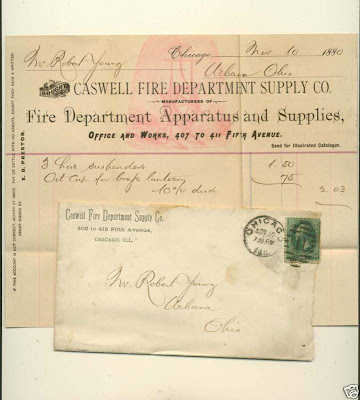From wikipedia: The United States did not have professional firefighters in the sense of government-run fire departments until around the time of the American Civil War. Prior to this time, amateur fire brigades would compete with one another to be the first to respond to a fire because insurance companies paid brigades to save buildings. Underwriters also employed their own Salvage Corps in some cities. The first known female firefighter Molly Williams took her place with the men on the dragropes during the blizzard of 1818 and pulled the pumper to the fire through the deep snow. Interestingly, during the 1800s and early 1900s volunteer fire companies served not only as fire protection but as political machines.
However, the first organized municipal fire brigade in the world was established in Edinburgh, Scotland, when the Edinburgh Fire Engine Establishment was formed in 1824, led by James Braidwood. London followed in 1832 with the London Fire Engine Establishment.
On April 1, 1853, the Cincinnati, Ohio (USA) Fire Department became the first full-time paid professional fire department in the United States, and the first in the world to use steam fire engines.
On April 1, 1853, the Cincinnati, Ohio (USA) Fire Department became the first full-time paid professional fire department in the United States, and the first in the world to use steam fire engines.
The first horse-drawn steam engine for fighting fires was invented in 1829, but not accepted in structural firefighting until 1860, and ignored for another two years afterwards. Internal combustion engine fire engines arrived in 1907, built in the United States, leading to the decline and disappearance of steam engines by 1925.
For more info on firefighting in Colonial America.





Comments